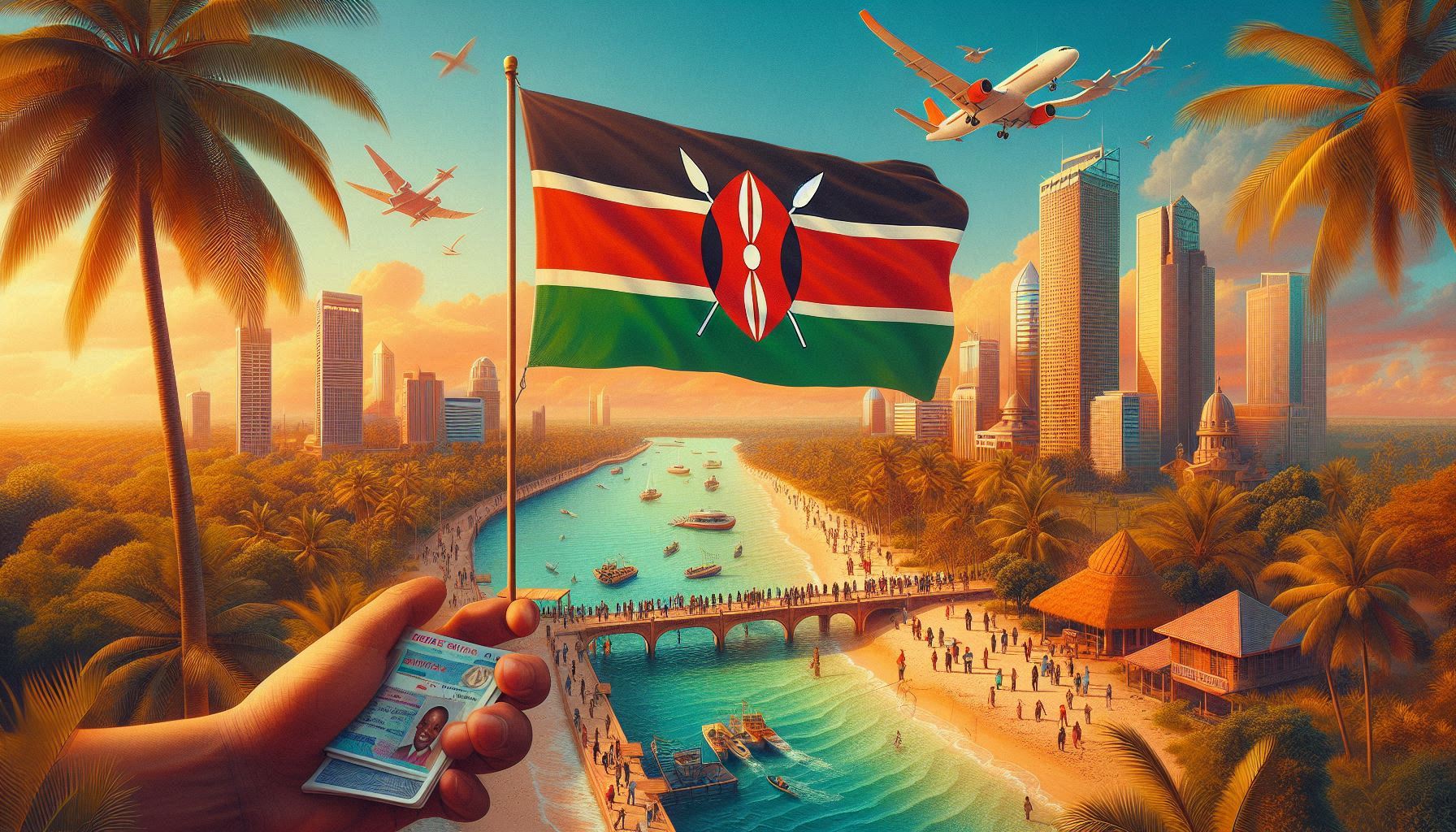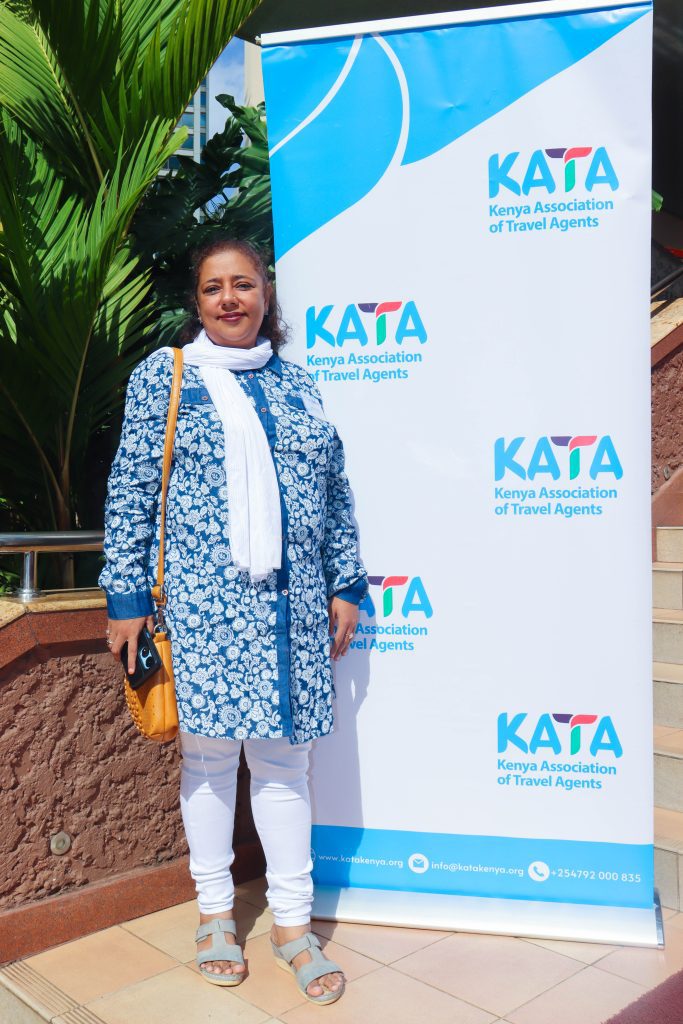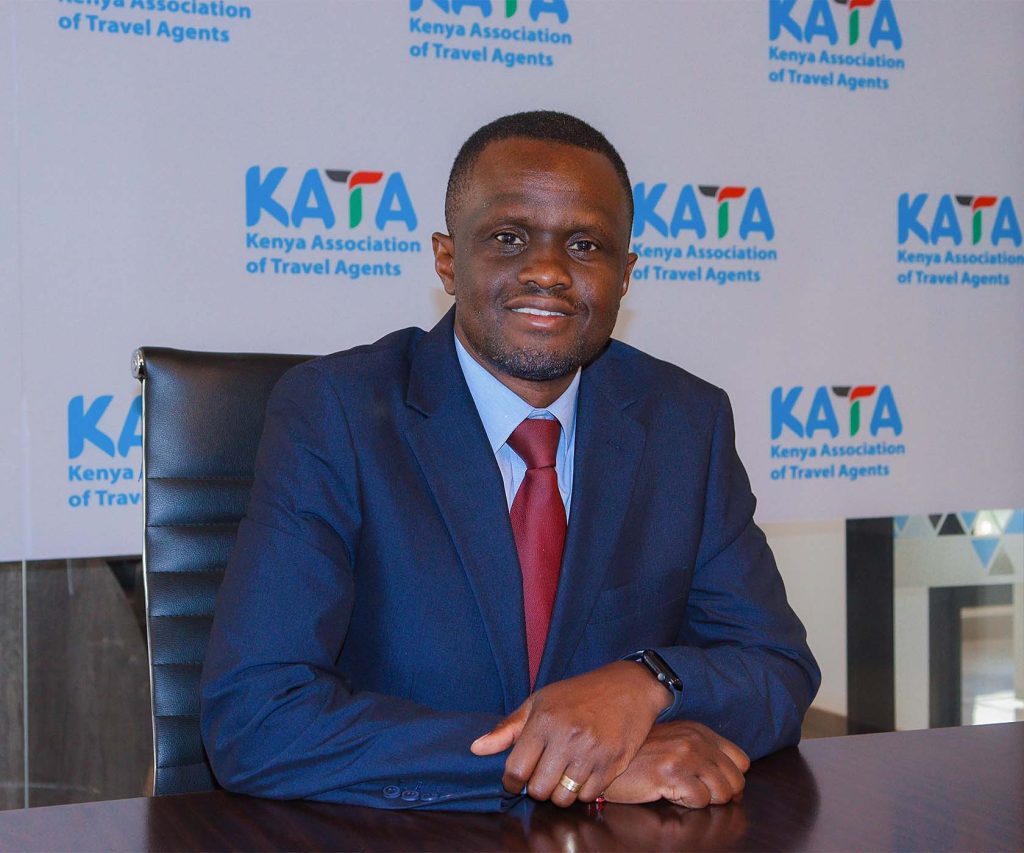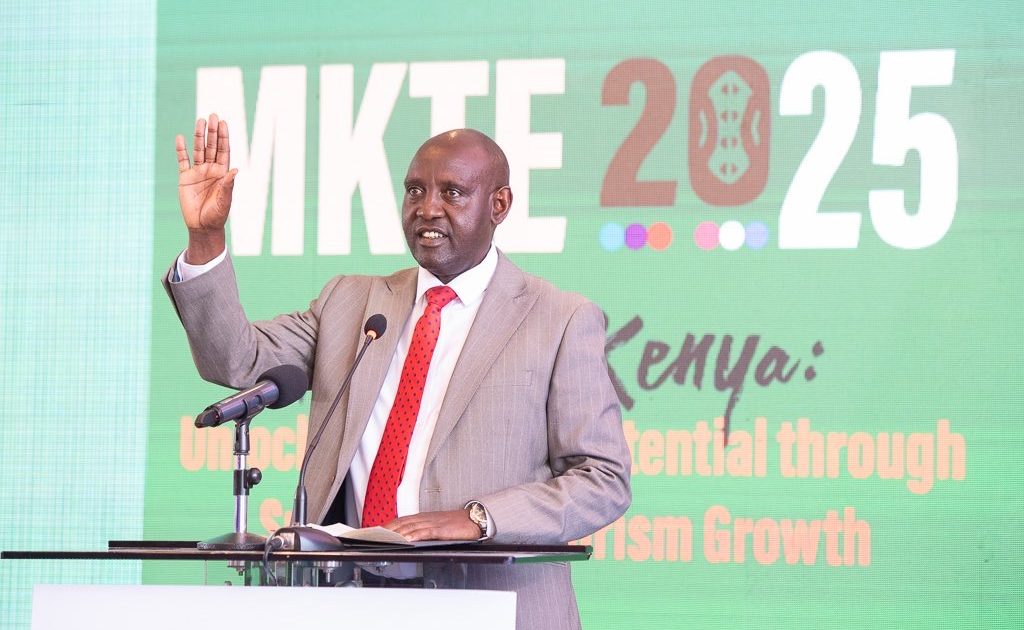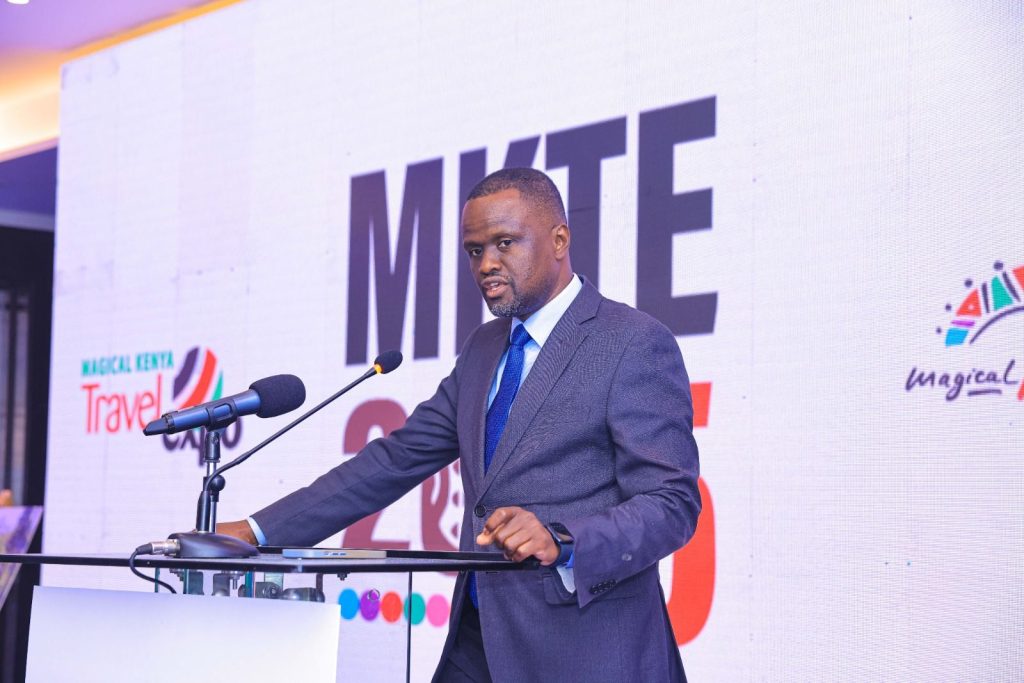The Kenyan travel industry is undergoing a significant transformation as online booking platforms surge in popularity, driven by convenience, competitive pricing, and the rise of remote work and leisure travel trends.
However, alongside this growth, challenges such as fraudulent listings and concerns over liability and inconsistent property quality are emerging. Years before digital convenience revolutionised the travel industry, booking a stay relied on phone calls, word-of-mouth recommendations, or simply hoping for the best upon arrival. This was the predicament that Dave Mua, a property revenue manager, faced during his first visit to Diani, a coastal gem in Kenya celebrated for its pristine beaches and luxury resorts.
Mua’s trip turned into an ordeal when he struggled to find accommodation that met his budget. With limited listings available online at the time, his choices were constrained, and he had to settle for lodging that fell far below his expectations. The frustration was enough to deter him from returning. But years later, Mua embraced a different approach—one that would restore his confidence in travel.
Using an online booking platform, he secured a vacation villa through a registered agent, ensuring that he could verify the legitimacy of the property, pay securely through the site, and even arrange for airport transfers and a local guide. The convenience was transformative. Mua’s experience is emblematic of a broader shift in Kenya’s travel industry. Since the onset of the COVID-19 pandemic in 2020, online booking platforms have surged in popularity, reshaping how travellers plan and secure accommodations.
The shift to online booking has been particularly pronounced since the onset of the COVID-19 pandemic in 2020, marking a new era for the industry. A growing acceptance of digital reservations has been fueled by several factors, including the rise of remote work and ‘bleisure’ travel—a trend that blends business and leisure.
Short-term rentals, favoured by digital nomads, remote workers, and leisure travellers, have emerged as a key driver of this growth, offering a diverse range of options beyond traditional hotels.
Eleni Georgopoulou, CEO of YourHost, a property management firm, emphasises that this flexibility has widened the target audience for short-term rentals. She notes the appeal of amenities such as high-speed internet, dedicated workspaces, and homely environments, which cater to travellers seeking both comfort and productivity. Travellers are drawn to the diversity and personalisation these options offer. Unlike standardised hotel rooms, short-term rentals range from apartments and private homes to luxury villas and cabins, allowing guests to immerse themselves in local cultures and lifestyles.
Modern travellers increasingly prioritise authenticity and unique experiences, making short-term rentals a compelling alternative. The competitive landscape among online booking platforms has also significantly impacted pricing. Guests can easily compare options, often securing better deals than through traditional hotel bookings. Eleni notes that online platforms provide a variety of choices, allowing consumers to weigh pricing against customer reviews and amenities, ensuring greater transparency and value.
Notably, Kenya’s rate of online travel bookings has climbed to approximately 40 percent, outpacing the continent’s average by 10 percent. Industry analysts predict that this number will continue to rise as technology advances and consumer trust in digital platforms strengthens. Mobile money solutions, which have seen widespread adoption in Kenya, further contribute to the ease of transactions, making booking and payment seamless.
However, this transformation is not without its challenges. The proliferation of fraudulent listings poses a significant threat, with unsuspecting travellers facing financial losses from fake properties and deceptive payment schemes. Ian Kinyua, a short-term rental host, warns that scammers often exploit travellers unfamiliar with digital booking systems, enticing them to make payments outside the platform.
Concerns over liability also affect perceptions of online booking services. Many platforms act purely as intermediaries, listing properties without assuming responsibility for issues such as injuries sustained by guests or misrepresented accommodations.
The fine print of most booking platforms’ terms and conditions often absolves the companies of liability, leading to disputes over jurisdiction and legal recourse, especially for international travellers. Inconsistency in property quality is another pressing issue. While some short-term rentals provide high standards of cleanliness and maintenance, others fall short, with reports of neglected facilities, dirty linens, or misleading descriptions. Without stringent regulations governing hosts, travellers must rely on customer reviews to gauge the reliability of listings.
Looking ahead, online booking platforms are expected to continue driving innovation within the travel industry. Features such as instant booking, flexible cancellation policies, and transparent review systems are essential to maintain and increase consumer confidence. Additionally, some platforms are taking steps to verify listings more rigorously, reducing instances of fraud.
Experts suggest that the next phase of evolution will focus on enhanced security measures, stricter vetting processes for hosts, and improved dispute resolution mechanisms for travellers.
Source : Mwakilishi.com


